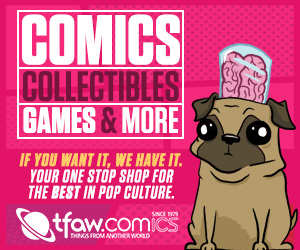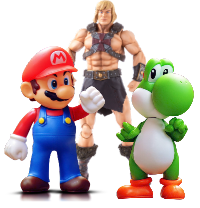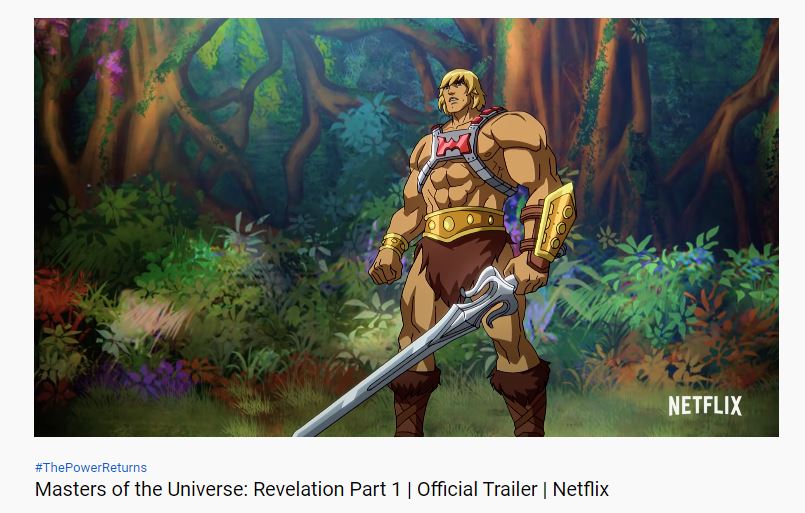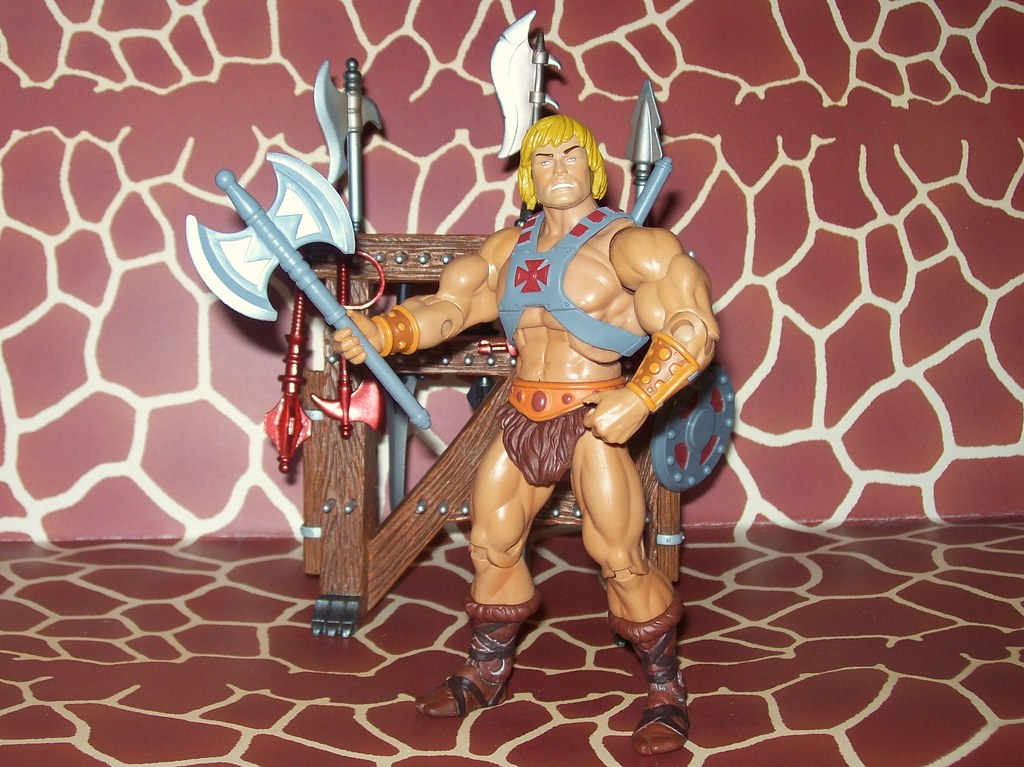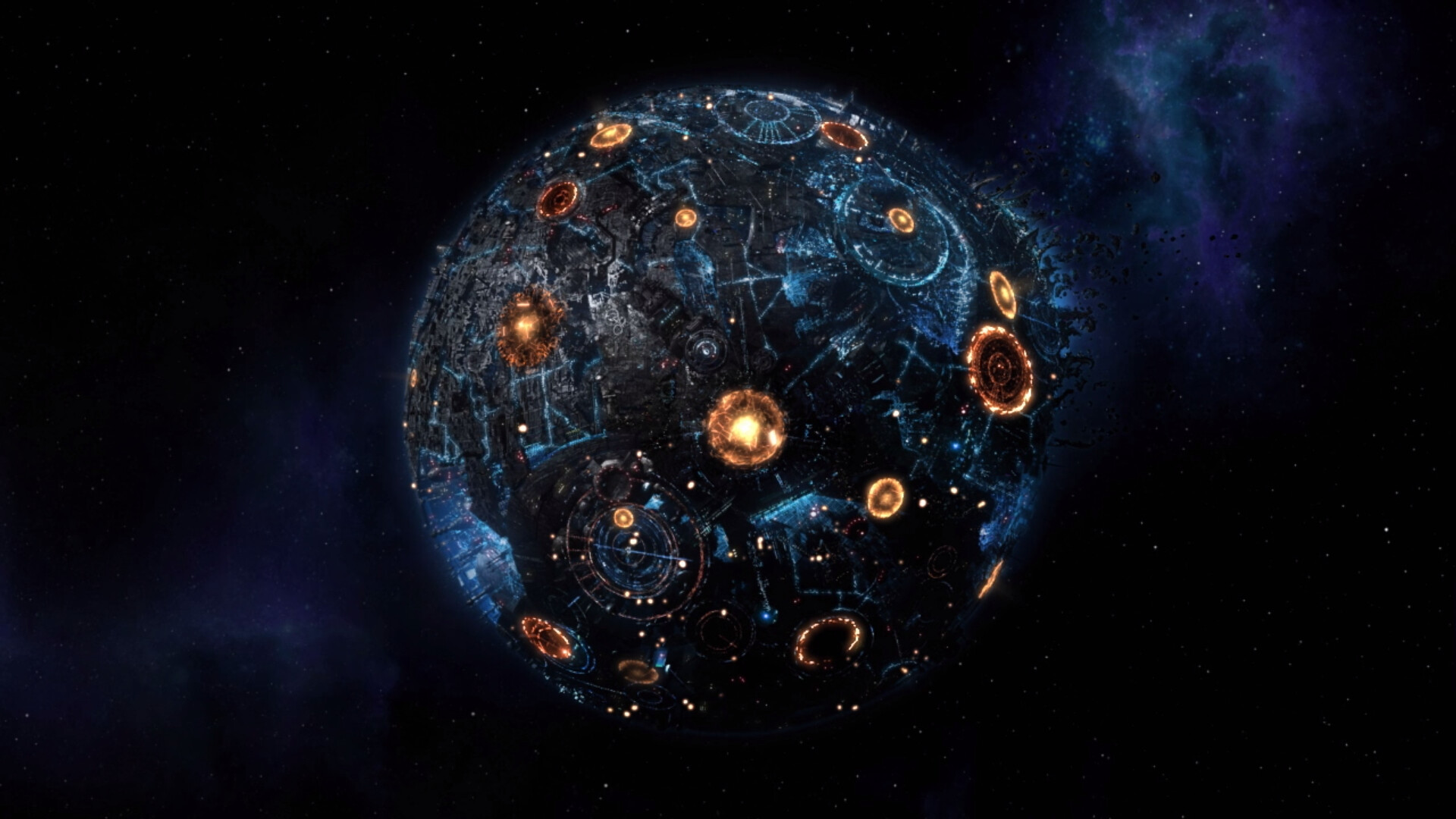Now that nostalgia for the 1980s is in its third decade, and shows no signs of stopping, it would be a perfect idea to compile a list of the best ’80s songs. Our musical summary of the decade that gave us Miami Vice, mall culture, and more awesomely cheesy entertainment than any sensible person can handle. There are many kinds of music in this collection–metal, dance, pop, new wave, hip-hop, love songs, and even a little indie rock.
“Just Like Heaven” by The Cure
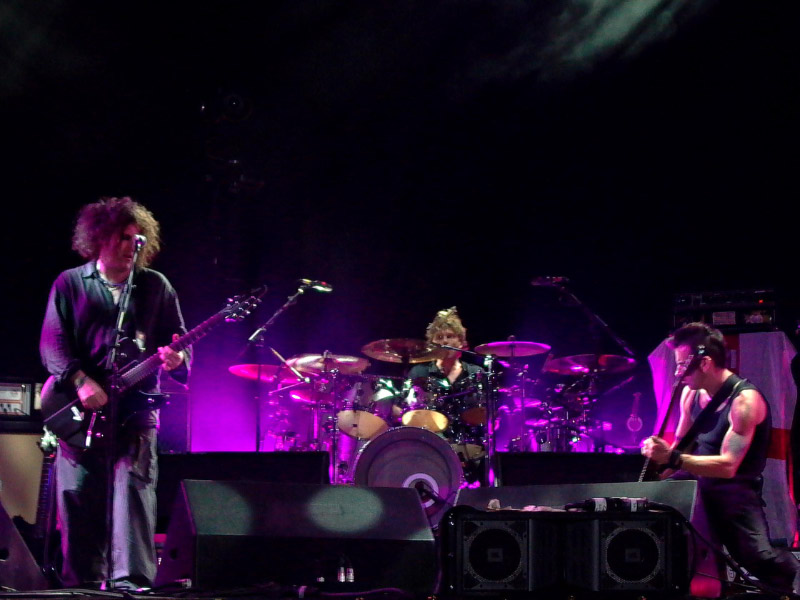
Wild synths, insane drum beats, and 80s appropriate drumbeats make this one of the most famous songs of the 1980s; The opening lyrics and power of the song bring back 80s nostalgia in an instant: “Show me, show me, show me how to do that trick / The one that makes me scream,” he said. Everything about this song, from the heart-pounding rhythm to the powerhouse lyrics remind us of why the 80s were one of the best times to be alive. It’s the 80s wrapped up in a song lyric. The band knew what they were doing. Just Like Heaven was one of the bands’ first successful ventures across the pond. It was also the soundtrack to many teenage dramas.
“Modern Love” 80s songs by David Bowie
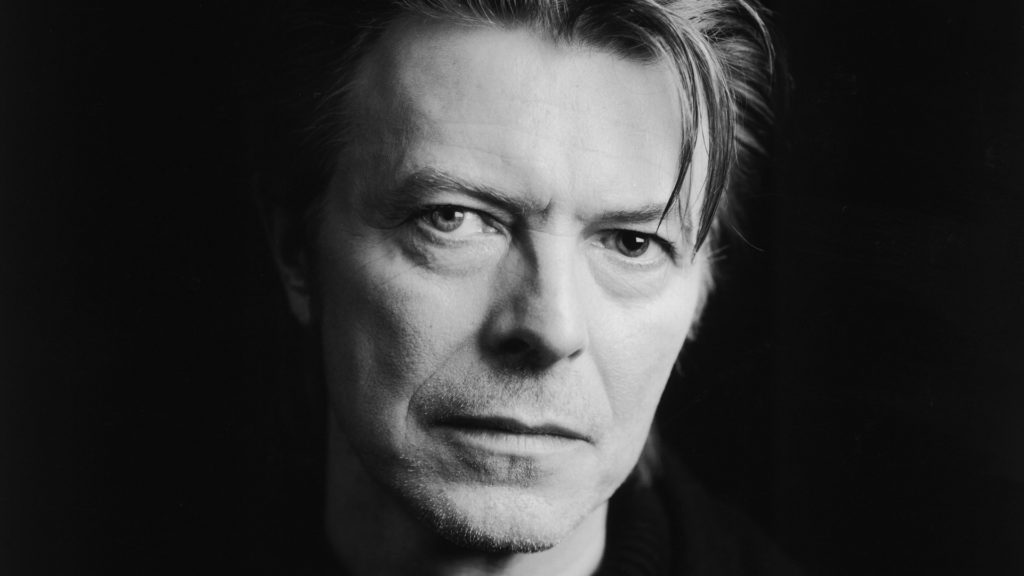
Ultimately, Bowie cemented his rise to fame with numerous hit singles that are still popular decades later. Modern Love may be one of his most recognized tunes though. Bowie was known for his in-your-face style. He used his art to divert attention. Modern Love was no different. It was released as the opening track on his 1983 album Let’s Dance and was also the third single from the album later that year. It was one of the first songs recorded for his debuting album that year and It was performed by Bowie on the Serious Moonlight Tour as a closing song.
“I Wanna Dance with Somebody” by Whitney Houston
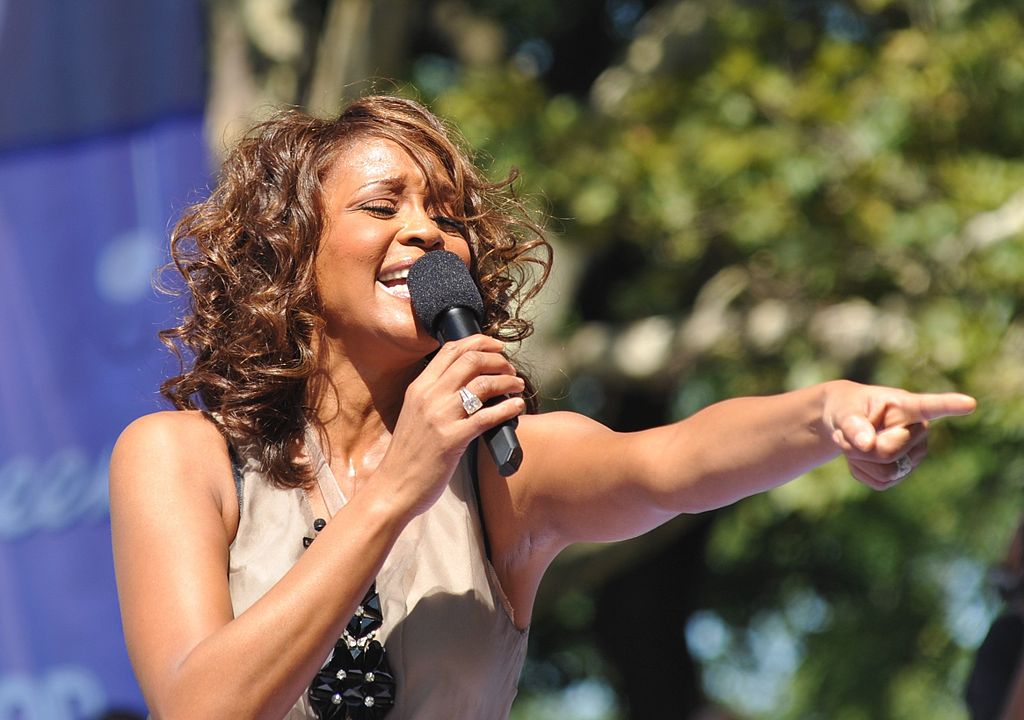
In 1987, Houston had built her career, making a unique sound that was still sweet, innocent, and idolized by younger girls. Her signature vocals can still be heard in I Wanna Dance with Somebody, a song that etched the points of loneliness rather than love. The song is full of love, light, and hope that most young girls still dream of as they enter the real world. It is radically different from the struggles that the singer would face later in her career. The song has been a party starter and a karaoke jam ever since its release, but it has also been a rallying cry for many people since her death. You could almost hear the young girl’s smile through the song, urging everyone from young to old on the dance floor. This song wasn’t her first hit record, but it has become one she is most recognized for.
“Free Fallin’” by Tom Petty
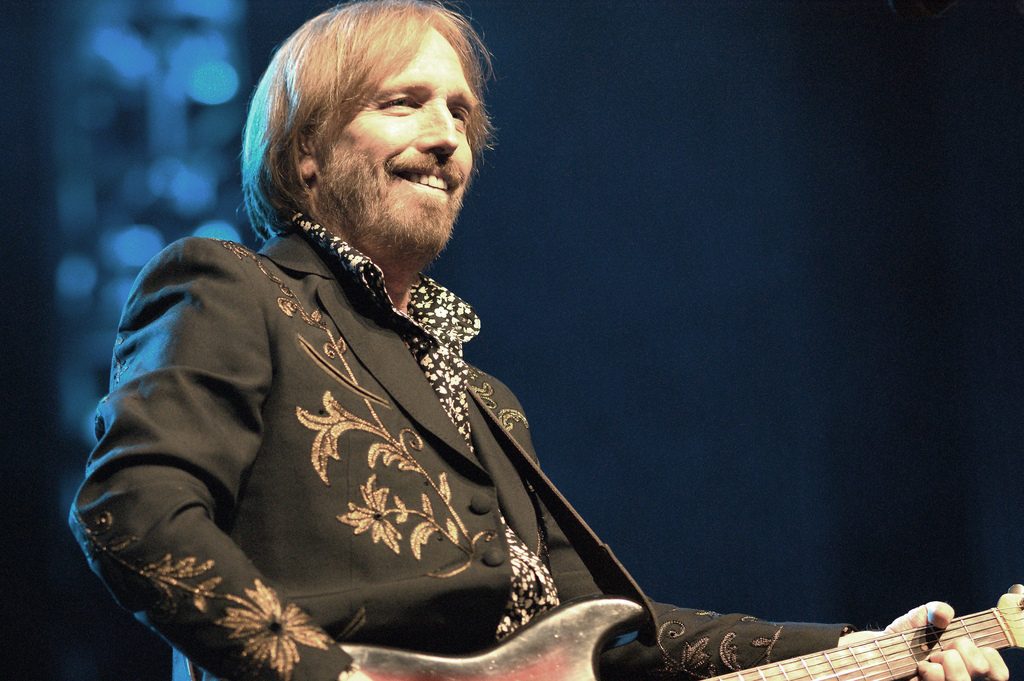
It’s difficult to find someone who isn’t a fan of this iconic song. The famous and wildly opinionated Lou Reed liked it, as did Tom Cruise’s go-get’ em titular character in Jerry Maguire. And to this day we can guarantee there isn’t an 80s fan who doesn’t know this song and sing the lyrics at the top of their lung any time the song hits every time the radio. Fun fact though, it only peaked at number 7 on Billboard charts when it was first released, but is one of the most recognized Tom Petty songs on the table.
5. “Fight the Power” by Public Enemy
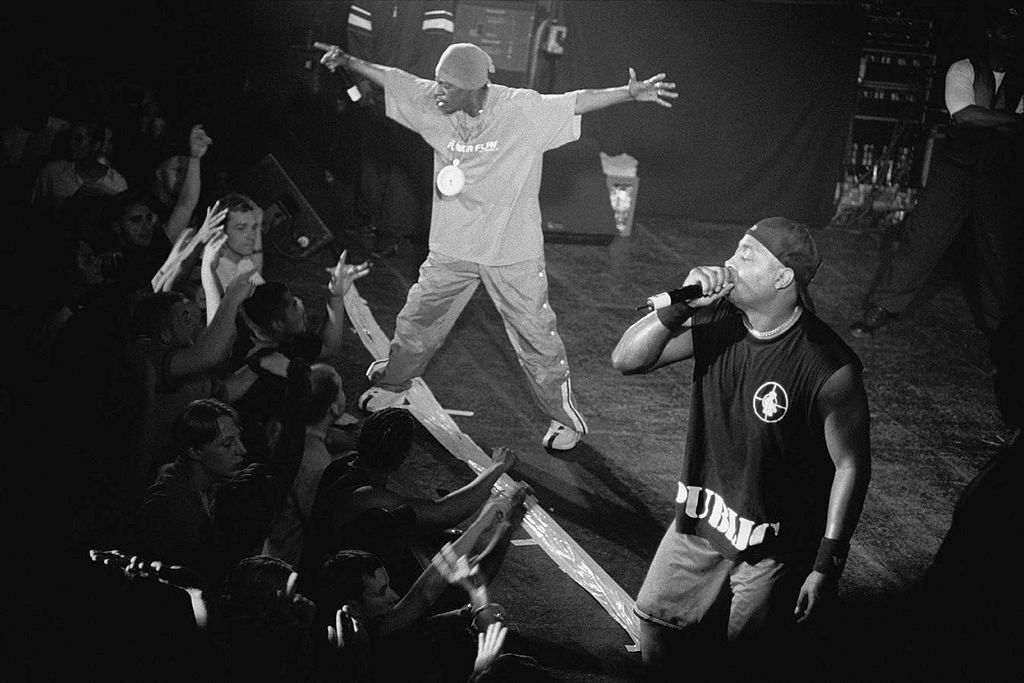
“Nineteen eighty-nine…” The first five syllables of Public Enemy’s cultural hit, made at the request of Spike Lee for his groundbreaking film Do the Right Thing, caused shockwaves in the music community. Just check out some of these lyrics that helped create a cult classic: “Elvis was a hero to most / But he never meant shit to me / You see, straight-up racist that sucker was / Simple and plain / Mother fuck him and John Wayne / ‘Cause I’m black and I’m proud.” This song would become one of the most world-wide recognized symbols against racism from the 90s.
“When Doves Cry” by Prince
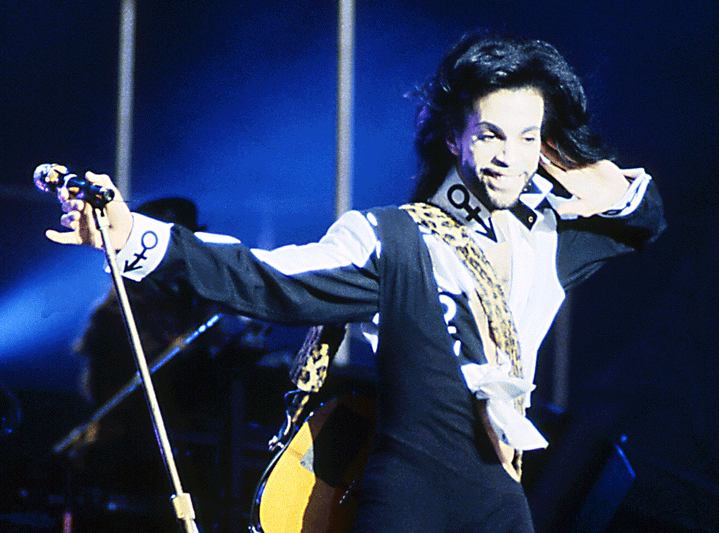
As a young man, Prince turned down four major-label record deals. He wanted artistic autonomy and wouldn’t back down from what he wanted. Warner Bros. later agreed. Years later, he would scrawl the word slave on his cheek, and emancipate himself from his given name. He would talk about himself by using a proto-emoji. And yet, the sharp crack of a mind wise beyond his years has produced some startling results in 1984. The record was considered finished, but the director asked for one more hit from Prince to match a video that had already been made. Prince’s When Doves Cry was the winner of the contest. With so little time, he didn’t even bother with a bass line. As Debussy remarked, “The music is the space between notes.” Prince colored in the empty spaces himself, giving a message of color to the world. It would later become his signature.
“Blue Monday” by New Order
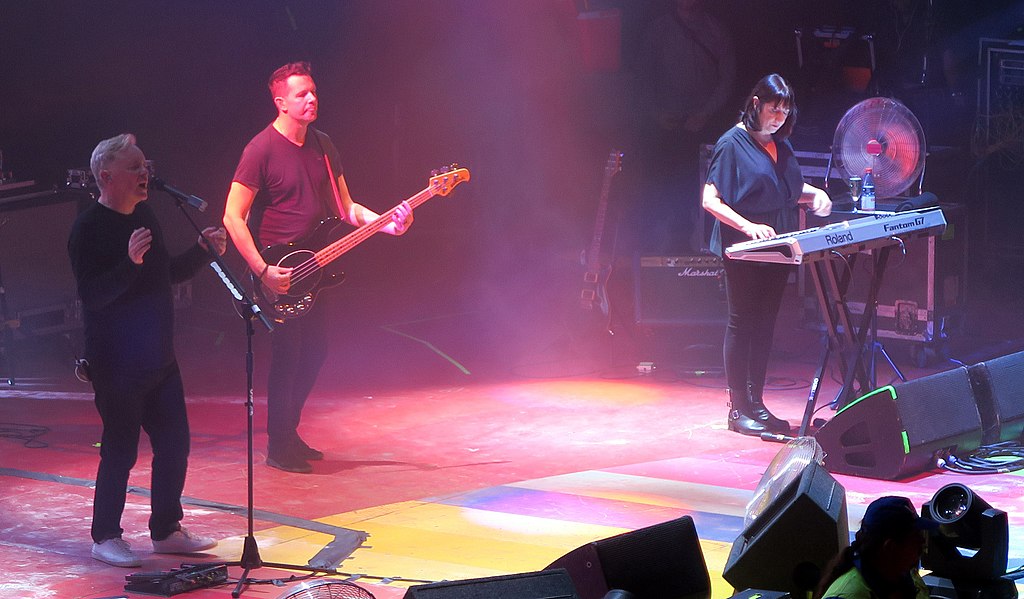
At nearly seven and a half minutes, it’s one of the longest songs ever to appear on the UK singles chart. It was released twice as a 12-inch single, once on 7 March 1983 by Factory Records and once more as a 7-inch single by Tonpress in Poland in 1985. Blue Monday is an alternative dance song that draws much of its influence from other artists that were popular in the time across the UK and the US. Blue Monday was the first single was a commercial success for the band, reaching the top 10 in many countries. In New Zealand, it reached number two and spent 74 weeks (spread over three calendar years) in the top 50. The 1988 remix reached number three on the UK singles chart.
“Sexual Healing” by Marvin Gaye
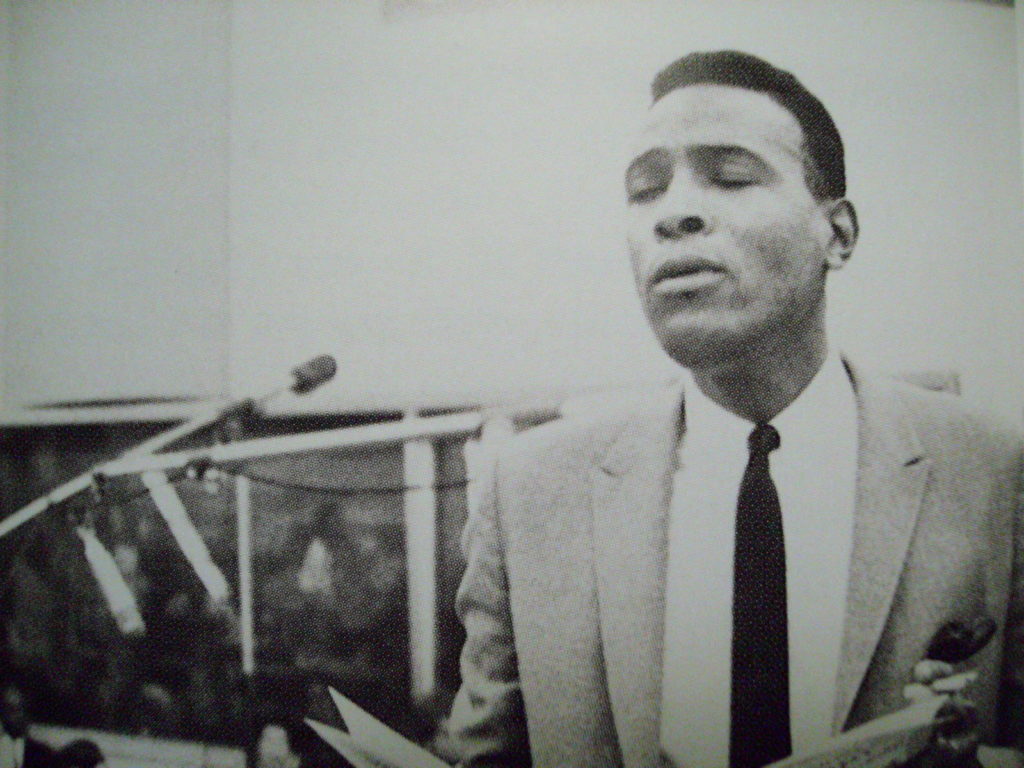
Gaye had already given the world arguably the greatest song about sex ever, Let’s Get It On from his 1973 album Let’s Get It on. Nine years later, however, he came close to surpassing himself with Sexual Healing. It was from his album Midnight Love released in 1982. His first single after his separation from Motown. This song is all about the 80s. It has some of the most sexually driven lyrics of the time. The hit single won Gaye two Grammys the year it was made, but only became a platinum record in 2007, despite having sold more than all of the other songs on the album the year it released. For this album, he took inspiration from artists like Ray Charles who had released a biography earlier that year. Gaye decided he wanted to tell his own story through his music.
“Dancing in the Dark” by Bruce Springsteen
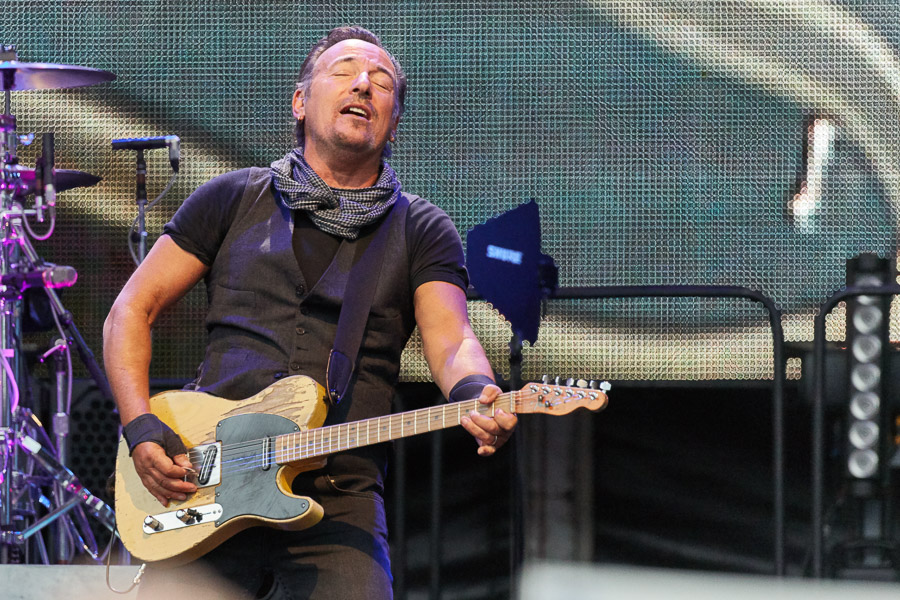
The Boss took inspiration from some of his favorite crooners for this inspired hit. It is bursting with ambition, frustration, and sex. It is also Springsteen’s dance-floor peak, with a very stunning sax solo by Clarence Clemons. And there are not many songs of this period which have a warning of fire safety in them. At least ones that work well. It was one of the first times Springsteen tried to test his musical skills by adding an up-tempo synthesizer to his music. It seemed to work. The song lasted four weeks at number two on the Billboard Hot 100 and sold one million singles in the United States. It also became popular across the globe. It was Australia’s most sold album that year, even though it only hit number #2 on the Billboard charts. While not his most recognized song, its unique 80s sound places this song on our list as a must listen to favorite.
“What’s Love Got to Do With It” by Tina Turner
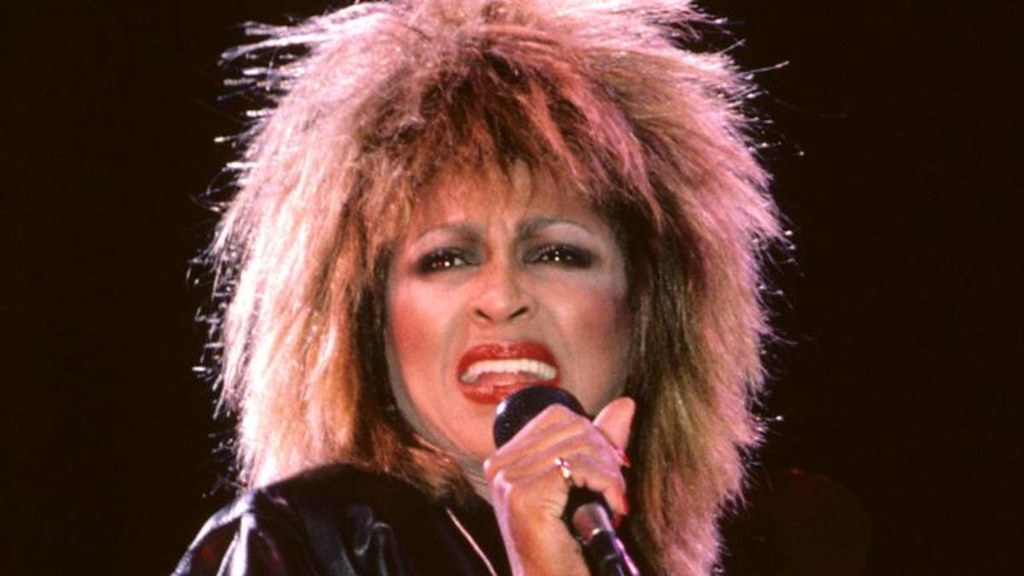
In 1984, when she was 44 years old, Tina Turner had just divorced her husband, Ike Turner. She had spent many years in a limbo of cameos, Vegas shows, and duds of solo albums. But the success of her debut album, Private Dancer, and its chart-topping single, What’s Love Got to Do With It, made her a solo star once more. The video showed her walking around New York City in a jean jacket, leather miniskirt, and feather-duster hair – a bruised but defiant vision of independence that gave girls around the world a rallying cry. The message was clear: Turner’s career still had great hair, amazing legs, and killer vocals that could bite the girls half her age. It worked too, as What’s Love Got to Do With It would become Turner’s only US number one hit and land Turner in the Grammy Hall of Fame, earning her a third Grammy Award despite high record sales of other songs at the time. What’s Love Got to Do With It single-handedly cemented Tina Turner’s musical fame in the history books even though Proud Mary is one of her most recognized songs today.

